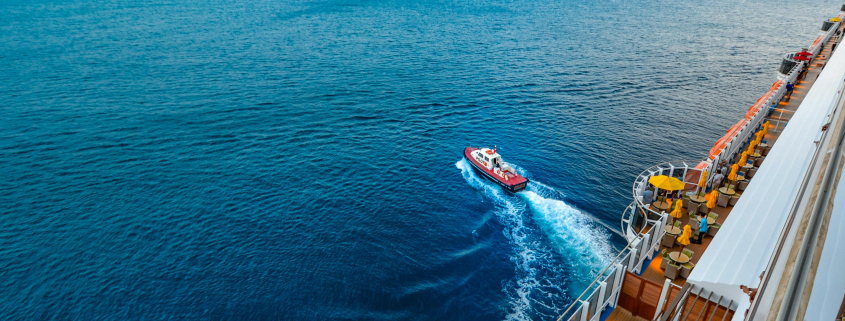Ship safety system helping Sound’s noise research
A safety system that tracks ships and helps prevent collisions is being used as part of a study of noise levels in Cockburn Sound and their potential impact on marine life.
Cristina Tollefsen from Curtin University said researchers were using ship location information from the worldwide Automatic Identification System along with data from recorders on the seabed.
At the start of the project, researchers placed recorders with hydrophones (underwater microphones) at nine locations in and around the Sound.
“AIS gives us details of ships and their location which means we can attribute portions of the recording to certain vessel types,” Dr Tollefsen said.
“Because we can combine this information with data from the recorders, we have been able to measure the sound levels of all the different vessel classes from tugboats and the pilot vessel to the massive bulk carrier ships,” Dr Tollefsen said.
“Port activities require more than one vessel typically, so we wanted to capture a set of activities including the pilot boats meeting larger ships as they arrive and the tug boats assisting ships as they come into port.
“It’s less common in research to measure the combined noises but that is much more realistic.”
Dr Tollefsen, who is working on the project for the WAMSI Westport Marine Science Program, said there was growing awareness of the impact of noise on animals.
“Because light doesn’t penetrate very well under water, a lot of animals use sound to communicate,” Dr Tollefsen said.
“The best-known animals to do this are whales and dolphins but invertebrates and fish also use sound.
“If it’s too noisy from human activities, you can imagine that it’s harder for the animals to find a mate or find food.
“That’s why we’re doing this work is to understand the sounds in Cockburn Sound and whether there are ways to estimate a potential increase in noise or mitigate any increase if shipping traffic were to increase.”
Dr Tollefsen said a port in Vancouver, Canada had implemented a strategy to slow vessels on approach as a way of protecting the endangered population of orcas in the area.
She said by slowing the vessels, similar to a maritime equivalent of a traffic school zone, they had made the waters less noisy with the aim of reducing the impact of human-caused noise on the marine mammals.

